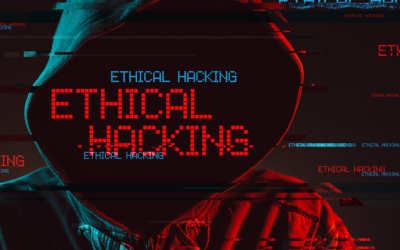Supply chain cyber-attacks are a favorite method used against manufacturers. Today’s goods and services rely on supply chains, which link a global network of service providers, software developers, and manufacturers. Although supply chains are vital to commerce, they also put manufacturers at risk because of the many places where parts and software for final products come from.
Criminal hackers and nation-states often perpetrate supply chain breaches. They want to enter supply chains, companies, systems, contractors, and providers through the weakest links. Attackers usually do this by:
- Taking advantage of vendors in the chain who don’t take security seriously.
- Putting hacked or fake hardware and software into networks.
- Using insider threats.
IIoT and OT Vulnerabilities
Adopting the Industrial Internet of Things and operational technology (OT) has further expanded the attack surface. IT/OT supply chains in manufacturing can be particularly vulnerable as they cross-pollinate and offer attackers many points of entry. Older Legacy OT systems were not designed to protect against cyber-attacks.
According to PMMI Business Intelligence’s “2021 Cybersecurity: Assess Your Risk,” report, Information Technology (IT) attacks “specifically target the enterprise IT systems at a manufacturer, seeking to gain entry through vectors such as email, a CRM system, or an ERP program, which can span across an operation.”
Read More: Keep Your Manufacturing Operations Safe with This Cybersecurity Checklist
Operational Technology (OT) attacks “are designed to exploit the systems that are directly on the plant floor. An OT attack can originate through vectors such as individual sensors on the production line, SCADA/HMI panels, or even unsecured PLCs.” (Cybersecurity 101: The Difference Between IT and OT Attacks | OEM Magazine)
Another significant target for hackers when they peruse the manufacturing industry is the Internet of Things (IoT). The Internet of Things (IoT) broadly refers to devices and equipment that are readable, recognizable, locatable, addressable, and/or controllable via the Internet. In factories that build things, IoT devices are often prevalent.
By 2025, it is expected that there will be more than 30 billion IoT connections, almost 4 IoT devices per person on average. That also amounts to trillions of sensors connecting and interacting on these devices. According to the McKinsey Global Institute, 127 new devices connect to the internet every second. (What’s new with the Internet of Things? | McKinsey)
Unfortunately, many of these devices are not manufactured in the West, lack standards and users often rely on the weak security of default settings. They make an enticing collection for targets for criminal hackers.
The Rise of Ransom Attacks
Since it was first created decades ago, ransomware has become a popular tool for hackers. Some of these actors are loosely state-sponsored or connected. Phishing and ransomware are always at the top of the cyber-threat matrix. Advances in technology have made it easier for hackers to phish. They can use readily available digital graphics, apply social engineering data, and a vast array of phishing tools
Manufacturers are prime targets for ransomware attacks because they often cannot afford to shut down factories or operations. Malware that demands cryptocurrency in exchange for data has made ransomware more popular. Hackers are always looking for zero-day vulnerabilities, seeking supply chain attacks, and attempting to find weak spots to make their ransomware attacks more likely to succeed.
Read More: How Cybercrime Threatens the Automotive Manufacturing Sector
The current state of cyber affairs is especially alarming because ransomware attacks are growing not only in numbers but also in the financial and reputational costs to businesses. Moreover, ransomware has become more sophisticated and more widely available. Cybercriminals can now subscribe to “Ransomware-as-a-Service” providers, which allow users to deploy pre-developed ransomware tools to execute attacks in exchange for a percentage of all successful ransom payments.
Supply chain and IoT situational awareness, combined with systematic skills for operational risk management and critical communications in case of disaster, are the threads that help connect a manufacturing industry cyber security approach.
Because the sophistication and number of cyber threats are evolving and replicating so quickly, there needs to be a clear security plan for who will handle the constantly changing range of cyber threats[TH1] , such as phishing scams, bots, DDoS attacks, ransomware, and many types of insider threats.
A strong risk management method is key to keeping things cyber-safe. This is true for both physical and digital security. Both of these elements come together in the manufacturing setting. Knowledge of how to best protect the most important assets and successfully prevent and mitigate security incidents and breaches are a big part of cyber-securing manufacturing.




